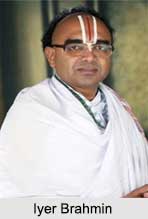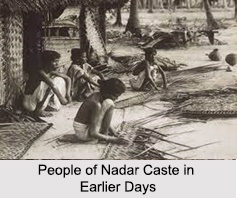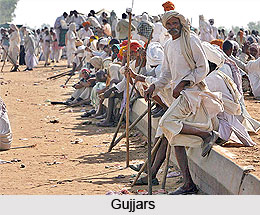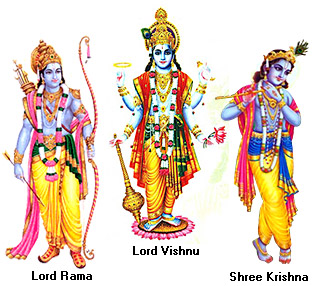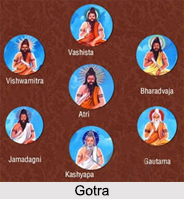Brahman as the controller of the Universe means that he abides within all things. The concept of Brahman as sariri of cit and acit constitutes the central doctrine of Visistadvaita. It emerges from the teachings of the Upanishad contained in the famous dialogue between Uddalaka and Yajnavalkya in the Brhadaranyaka Upanishad. Uddalaka poses an important question to Yajnavalkya. The dialogue between them is as follows.
"Do you know that inner controller (antaryami) who controls from within this world as well as the next and all things?"
In reply to this question Yajnavalkya states, "He who dwells in the earth, yet is within the earth, whom the earth does not know, whose body (sarira) the earth is, who controls the earth from within, He is your self (atma), the inner controller (antaryami), the immortal (amrita)."
He repeats the same kind of statement twenty times covering in each statement the following entities successively including the individual soul: water (ap), fire (agni), sky (antariksa), air (vayu), heaven (divi), sun (aditya), space (dik), moon and the stars (Chandra taraka), ether (akasti), darkness (tamas), light (tejas), all beings (sarva bhuta), life-breath (prana), speech (vak), eye (caksus), ear (srotra), mind (manas), skin (tvak), the individual self (vijnanat or Atman) and semen (retas).
The passage which is designated as Antaryami Brahmana, covers in an exhaustive way both the non-sentient entities as well as sentient beings starting from the five elements which constitute the physical world of space and time and concluding with the subjective world of jiva. It emphasises that Brahman is the antaryami, the indwelling self that abides in all beings, both sentient and non-sentient, as their controller and rules them from within. As antaratma, indweller within all things, Brahman is able to control them. It is, therefore, regarded as niyanta or the Ruler. This brings out the immanent character of Brahman. That is, Brahman is immanent in the universe.
It may be noted that Brahman is in the universe but it is not the universe as the Pantheists believe. This theory of immanence gives divineness to all things in the universe. Brahman is also described by the Upanishad as amrita or immortal. The implication of it is that even though Brahman is immanent in the universe it is transcendent and remains pure and untouched by the defects of the universe. This truth is established by the fact that Brahman by virtue of its intrinsic nature is spiritual as jnana svarupa and also free from all imperfections (akhila heyapratyanikay).
The Upanishads declare Brahman as apahatapapma, that is, untouched by evil. This is explained by two analogies of the sun and space (akasa). In the first illustration, the sun is reflected in the waves of water but the defects found in the water waves do not affect the sun. The sun is not actually present in the waves, just as Paramatman resides in the physical entities but the analogy is intended to convey the fact that the movements etc., found in water waves do not apply to the sun. In the second example, the space (akasa) when conditioned by several pots of varying sizes becomes manifold, but the differences in the dimension of the receptacles do not apply to the space. In the same way, Brahman though immanent in the objects of universe, is unaffected. This is the implication of the expression amrita. As stated in the Vedanta Sutra, both the characteristics- niyantriya and amritatva are unique to Brahman.
Brahman is thus said to be the controller of the Universe, unaffected by its imperfections and ever-present within it.










